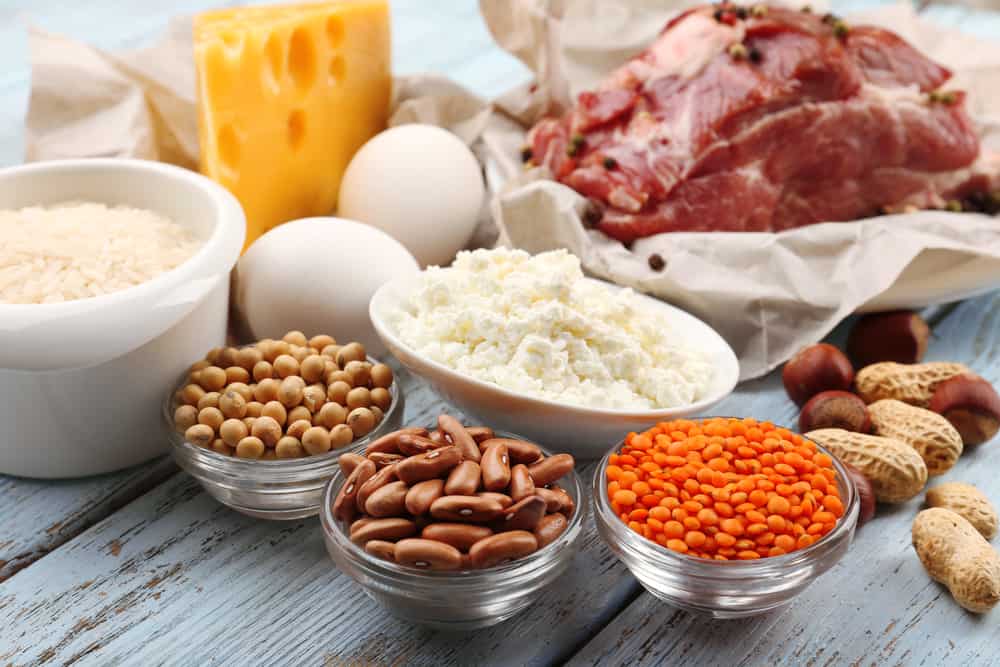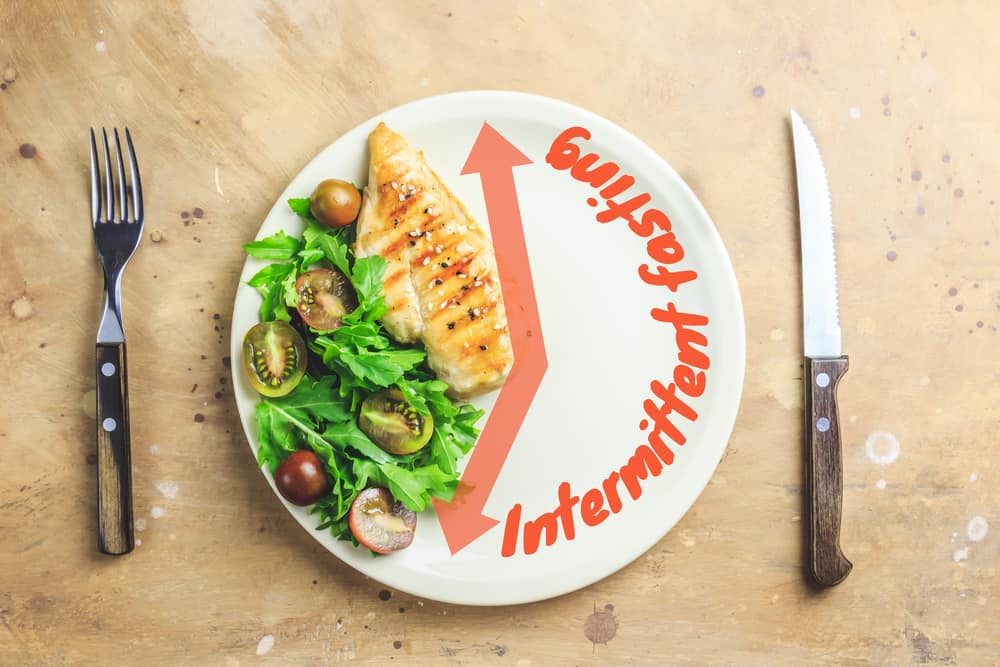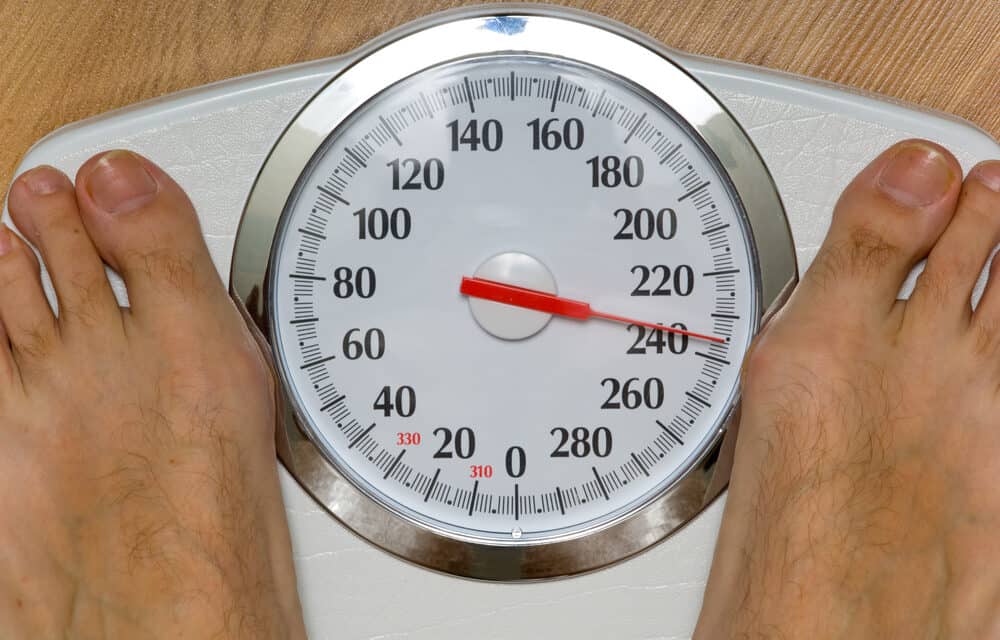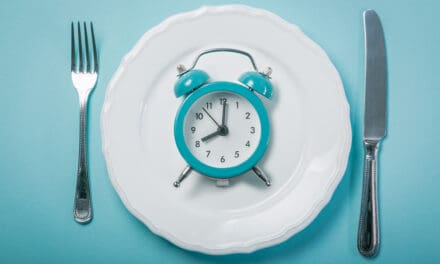It’s no secret that our metabolism slows down during midlife and beyond. That is frequently accompanied by the packing away of unwelcome extra pounds. Perhaps you’ve been toting about a spare tire for what seems like the more significant part of your life, or maybe it’s only recently begun to creep up on you in the last few years. Weight loss is important for your health and wellbeing.
No matter how you look at it, it is undeniable that our age has something to do with the numbers reflected at us from the bathroom scale. And weight gain is another contributory factor to your midlife crisis or midlife in general.
Not only does growing older make it easier to gain weight, but it also makes weight loss more difficult to do. As we get older, we also tend to lose more muscle mass, making it more difficult to shed excess weight and get fit. Isn’t it a win-win situation? Not to be discouraged, here are a few suggestions to assist weight loss if you are over the age of 50.
Table of Contents
1. Eat More Protein

Compared to the other macronutrients (protein, fat, and carbs) that our bodies require daily, protein is by far the most satiating. The likelihood is that you are not getting enough protein in your diet if you are constantly hungry. Protein also aids in the development of lean muscle, which in turn helps the body burn more calories. Eating protein is an excellent method to stay on track with a calorie deficit throughout a weight loss period since it keeps you feeling fuller for a longer length of time. Meat, eggs, almonds, and Greek yogurt are some of the best sources of protein available. If your budget permits it, go for organic versions of these sources of protein if you can.
2. Focus on Resistance Workouts

In midlife, our bodies may not withstand the intense activities they used to do. This fact does not rule out the possibility of continuing your exercise regimen. Instead, there are methods for tailoring your exercises to your specific needs. Resistant-training routines are mild and easy to do at any age, and they may help you gain strength in all your joints, ligaments, bones, and muscles. Resistance training will also assist you in avoiding injuries and falls in the foreseeable future. Resistance bands, bodyweight exercises, booty bands, and non-cardio activities are all examples of methods to include resistance training into your routine.
3. Try Intermittent Fasting

Fasting is an excellent technique for increasing the likelihood of weight loss. Fasting can be done on an intermittent basis, or it can be done for a full day at a time, depending on your preference. Intermittent fasting, or IF for short, is a method of eating and not eating for a predetermined number of hours, such as eating for 12 hours and then not eating for another 12 hours. IF can be modified as needed, for example, to eat in 10 hours rather than 14, and so on. Intermittent fasting is beneficial for resetting the metabolism, regulating hormones, controlling appetite, and improving sleep.
When taken together, all these variables can increase weight loss over an extended period. Science-based research shows that when “you gain weight, the nerves in your hypothalamus that conduct signals from your fat cells to the rest of your brain become damaged…[and]; as a result, your brain doesn’t realize that you’re full, so it keeps signaling you to eat.”
4. Get Plenty of Sleep and Reduce Your Stress Levels

According to research, people who receive fewer than “five hours of sleep a night are almost four times as likely to be obese as those who get between seven and eight,” and this is twice as true for older women as it is for older males. The management of sleep is crucial in the regulation of hormones, especially during midlife. To provide an example, when we are sleep-deprived, our bodies send signals to our brains that we need to eat more food to get more energy. An excellent way to get more sleep is to:
- Stick to a consistent sleep schedule to regulate your circadian rhythm
- Use a sleep mask to block out unwanted light
- Use a white noise machine to block out noise that may wake you
- Stop looking at screens at least half an hour before bed
5. Build Muscle with Strength Training

Finally, but certainly not least, strength training is a fantastic technique to build midlife muscle, which allows you to burn more fat for a longer length of time, resulting in weight loss. It is simpler to lose muscle mass after 50, making it even more critical to engage in strength training to grow and maintain lean muscle mass. Muscle also serves to preserve ligaments and bones, which can assist in avoiding damage or reduce the length of time it takes to recover from an accident. Weight training can also help you lose weight by increasing your metabolism, strength, and overall physiological efficiency. People who are physically sedentary are in danger of losing up to 5 percent of their muscle mass each year.
In Conclusion
As we get older, we also tend to lose more muscle mass, making weight loss more difficult and get fit. Eating protein is an excellent method to stay on track with a calorie deficit throughout a fat loss period since it keeps you feeling fuller for a longer length of time. Resistance bands, bodyweight exercises, booty bands, and non-cardio activities are all examples.
Get plenty of sleep and reduce your stress levels to increase weight loss chances. Intermittent fasting, or IF for short, is a method of eating and not eating for a predetermined number of hours. Strength training is a fantastic technique for weight loss and building muscle, allowing you to burn more fat for a longer time.
So, let’s go and lose some weight even when our metabolism slows down during midlife.











